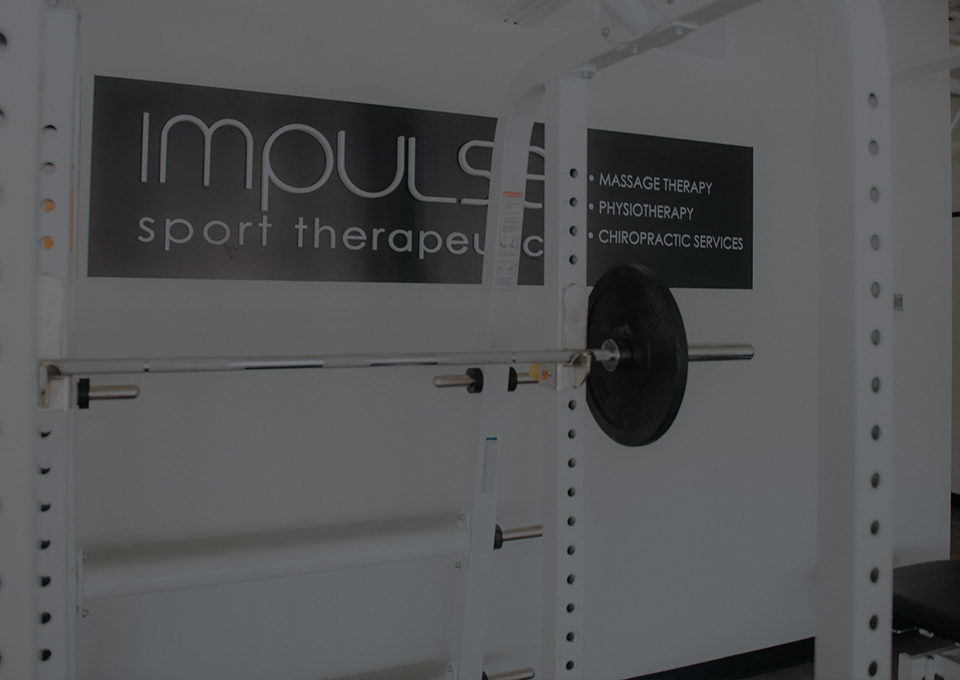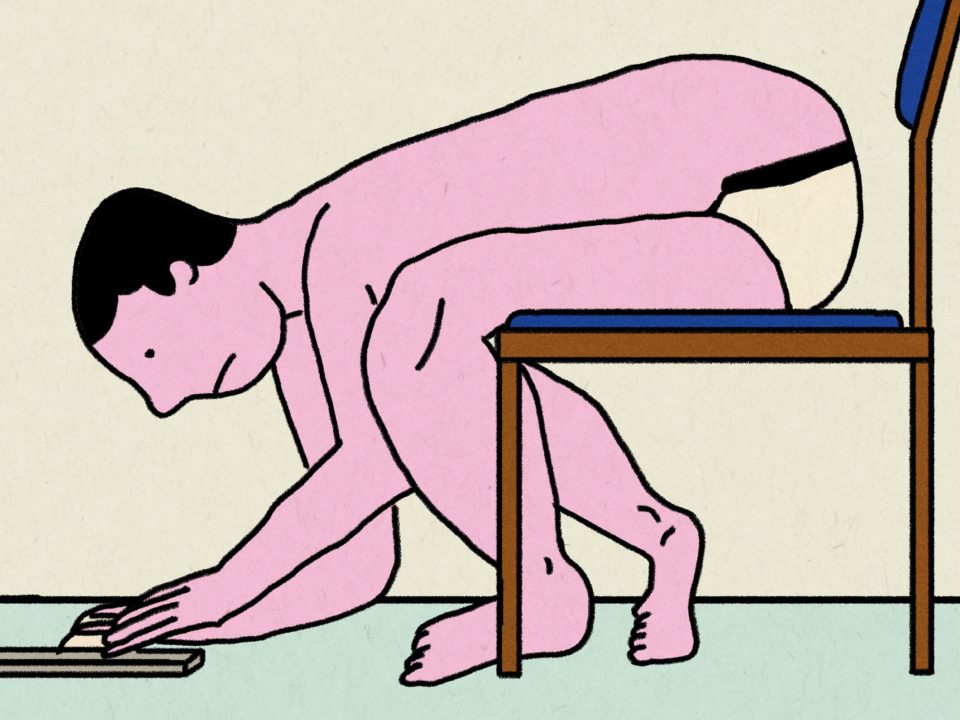Low Back Pain: Symptoms, Causes, Treatments and Relief!
Lower back pain comes in many shapes and forms.
Some people only experience short acute bouts while others are haunted by chronic issues for the majority of their life. As a West Vancouver chiropractor, I’ve encountered countless types of back pain and they all share certain characteristics. Injuries, of any type, happen when a tissue’s capacity to handle a stress or strain is exceeded. Throughout the different types of back pain, whether it may be a muscle strain, ligament sprain, facet irritation, joint degeneration, disc herniation or bulge, impacted nerve or otherwise, when a tissue’s capacity to handle a load is exceeded, damage can occur.
There are two main ways for the actual injury to happen once the tissue’s capacity is exceeded: 1) the tissue itself is damaged or 2) the body changes the way it is moving(compensates) and transfers the stress on to other tissues which are then damaged. When compensation happens, the new tissues that have taken on the load are not usually meant to handle that job and are usually damaged in quick succession. Damage can happen during one single traumatic event like a fall or motor vehicle accident or can be a repetitive strain injury that gradually damages tissue over time.
So, why does a tissue’s capacity to handle a load get exceeded in the first place? This can be divided into three general categories:
The tissue isn’t strong or stable enough. If you’ve ever seen a chiropractor, physiotherapist, kinesiologist or massage therapist for a back injury you have probably heard from them the importance of “core strength” when it comes to preventing or treating lower back pain. Core strength is much more than a six-pack during beach season. When it comes to back health, the core should be thought of as a barrel of strong muscles wrapping around your lower back that help stabilize everything from the top of your hips to the bottom of your ribs. When the muscles around the lower back can’t handle the job being asked of them they can get strained causing muscle pain, or they can pass the load onto the ligaments causing a sprain or the joints themselves causing all types of acute or chronic problems.
Not enough mobility. While strength and stability are important for injury prevention, maintaining mobility is equally as important. The key is to build stability without creating rigidity. We want the tissue to be able to handle loads in all positions, not just the position we train it in. When we talk about mobility there is much more to it than flexibility or muscle length. Mobility is the ability to move a joint in a full range of motion and that takes coordination and control of the joint as well, not just passive flexibility. Training all facets of mobility above and below the lower back in the thoracic spine and the hips is key to recovering from and preventing lower back pain long term.
The tissue or joint is trying to do a job it’s not meant to do. Certain joints, anatomical segments, and tissues in the body are designed to perform certain tasks such as providing mobility, stability, power, rigidity, cushioning, lubrication. For example, big powerful muscles are meant to generate force and move the body while small stabilizing muscles are meant to control movements and provide fine motor skills.
When the body’s biomechanics are off, due to bad lifting form, compensation or engrained faulty movement patterns, tissues may be asked to perform a job that they are not meant to do. When anatomy doesn’t match the role, it becomes easy to exceed that tissue’s capacity and injury can occur. The most common presentation of lower back pain we see as physical therapists usually involve the core(that should be stable) being weak while the hips and thoracic spine(that should be mobile) have restricted ranges of motion. This combination of instability in the lower back and rigidity in the surrounding areas is a recipe for joint degeneration and muscle guarding, meaning pain for the patient!
Lower back pain is different for everybody but having a functional approach to therapy and injury prevention goes a long way to eliminating pain long term. Stay tuned for our next post on tactics for preventing and treating lower back pain you can use at home!
Make An Appointment!
Quick Booking With The Jane App





